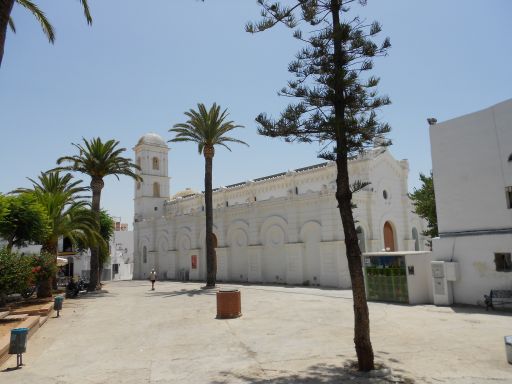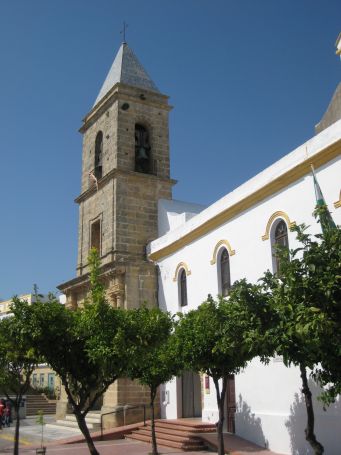
History of Conil
Conil de la Frontera is a southern Spanish town in Andalusia.

Conil de la Frontera is a southern Spanish town in Andalusia. It belongs to the province of Cadiz in the comarca of La Janda and is located between Cadiz and Gibraltar on the Atlantic Ocean on the Costa de la Luz.
Conil has 22,529 inhabitants (January 1, 2019), and in summer up to 80,000 tourists flock to this "white village" belonging to the Ruta de los Pueblos Blancos, the Route of the White Villages.
In the past, Conil lived mainly from fishing and agriculture. The traditional tuna fishing, the Almadraba, had a great importance. Today the atmosphere of the village is more international and mainly characterized by tourism, language and surf schools.
The history of Conil dates back to the Phoenicians, who settled in this place in 1500 BC. Some finds, such as the remains of a Phoenician necropolis, testify to this period. The essential part of the Conilensian economy has always been fishing.

The proximity to rich fishing areas has always made the town particularly attractive to conquerors and raiders.
After Moorish settlement, the town passed to the dominion of Alonso Pérez de Guzmán after the Christian conquest. The former lookout tower, Torre de Guzmán, reminds us of the former defensive character of the village. However, not much remains of the city walls.
Conil is a popular place for surfers due to favorable wind conditions. In the old town, with small alleys and white houses, there are numerous stores, bars and restaurants.
A little bit outside in northern direction is the small harbor of Conil. Behind the harbor are the rocky coves of Roche, which are counted among the most beautiful beaches in Andalusia. Various small bays can be reached by stone steps. With the often strong wind, these are a good refuge for swimming and sunbathing. Above the harbor rises the lighthouse of Conil, from which the mountains of Africa can be seen.
In total, there are about 14 kilometers of beaches in Conil, including Playa de losBateles, Playa Fuente del Gallo, Playa el Castilnovo and Cala del Aceite. At Playa el Castilnovo stands the Torre de Castilnovo, a medieval watchtower built in the 16th century.
